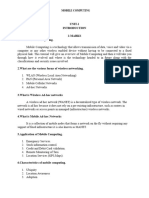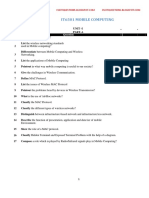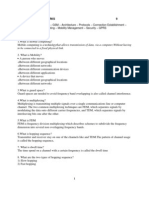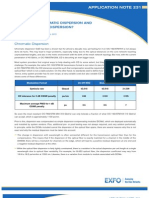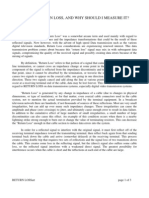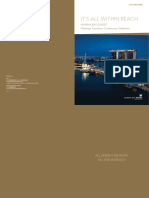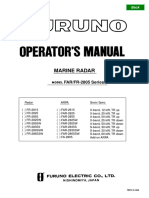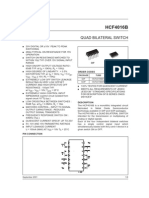0% found this document useful (0 votes)
113 views3 pagesMobile Computing Exam Prep
This document contains 40 questions related to mobile computing topics such as wireless networking standards, multiple access techniques, MAC protocols, mobile network generations, GSM architecture and services, UMTS architecture, and applications of mobile computing. The questions cover foundational concepts, require analysis and comparison of techniques, and ask the reader to justify answers, illustrate concepts, and discuss features and issues in depth. The document aims to provide a comprehensive question bank testing knowledge across the key areas of mobile and wireless networking.
Uploaded by
Hrudhai SCopyright
© © All Rights Reserved
We take content rights seriously. If you suspect this is your content, claim it here.
Available Formats
Download as PDF, TXT or read online on Scribd
0% found this document useful (0 votes)
113 views3 pagesMobile Computing Exam Prep
This document contains 40 questions related to mobile computing topics such as wireless networking standards, multiple access techniques, MAC protocols, mobile network generations, GSM architecture and services, UMTS architecture, and applications of mobile computing. The questions cover foundational concepts, require analysis and comparison of techniques, and ask the reader to justify answers, illustrate concepts, and discuss features and issues in depth. The document aims to provide a comprehensive question bank testing knowledge across the key areas of mobile and wireless networking.
Uploaded by
Hrudhai SCopyright
© © All Rights Reserved
We take content rights seriously. If you suspect this is your content, claim it here.
Available Formats
Download as PDF, TXT or read online on Scribd
/ 3













